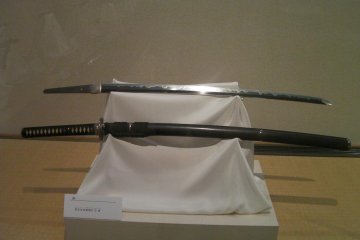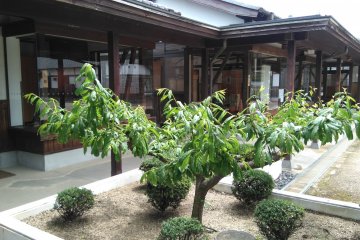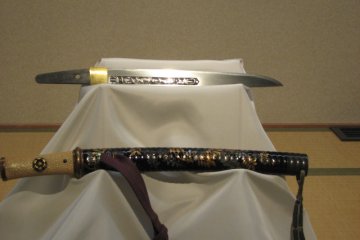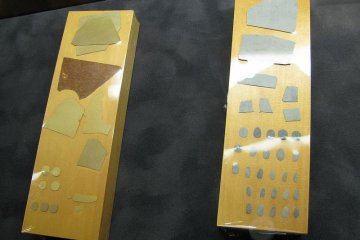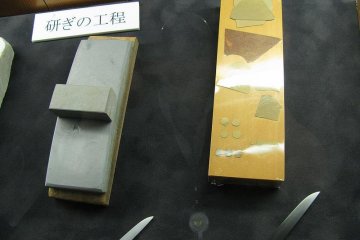I’ve sort of become a groupie at the sword museum in Osafune, Setouchi City Okayama. I’m determined to learn everything I can about the process of sword making and what it means to Japan. It clearly means a great deal because the museum is actually part of Setouchi City’s Board of Education. It is considered an educational facility and employs seven full time craftspeople and several commissioned artisans to help with various stages of the sword making process.
Traditional handmade Japanese swords are produced from steel that is also handmade. Where does steel come from? The answer is iron rich sand. To picture it, all you have to do is think back to your junior high school history classes and the subject of the discovery and production of metals, which in many ways is similar to the production of pottery. What is important in the case of the Japanese sword is that the process must remain free of modern steel production techniques and rely on the methods used in the pre-industrial era.
The first thing that has to be produced is the tamahagane, which is made made from iron sand that has been heated for many hours in clay vessels. Tamahagane is raw lump steel with varying levels of hardness. You may have seen the process of producing steel in movies where several people dressed in light colored traditional clothing struggle to achieve the temperature required in the smelting process. The raw steel is separated into grades that will constitute various parts of the sword. The tamahagane is put into layers representing the position the various grades of steel will take in the sword.
Parts of this process can be watched at differing stages two Sundays a month at the museum. On other days, there are only a few of the craftspeople on hand. The tamahagane is the hardest steel from the smelting process. Softer steel from the smelting is placed on top of the hardest steel in layers. From this set up the pile of steel rectangles is hammered and elongated to build strength in the steel. This is the beginning of the sword making process.



